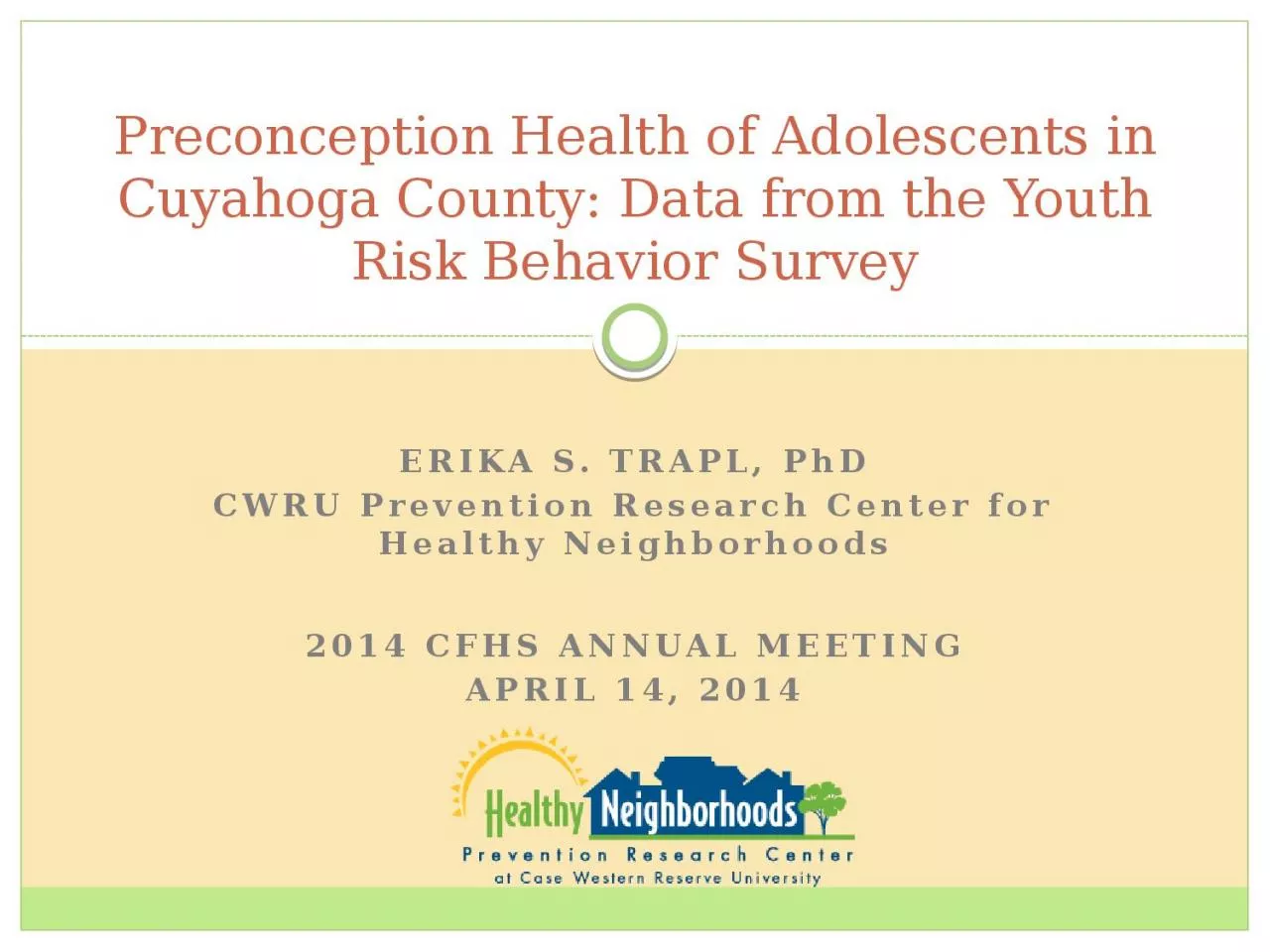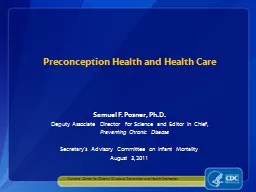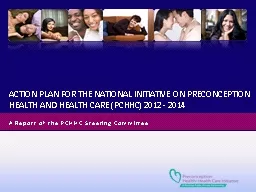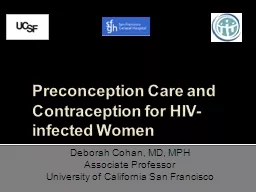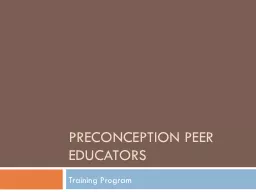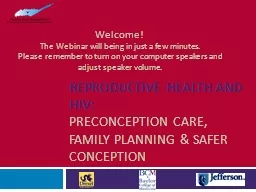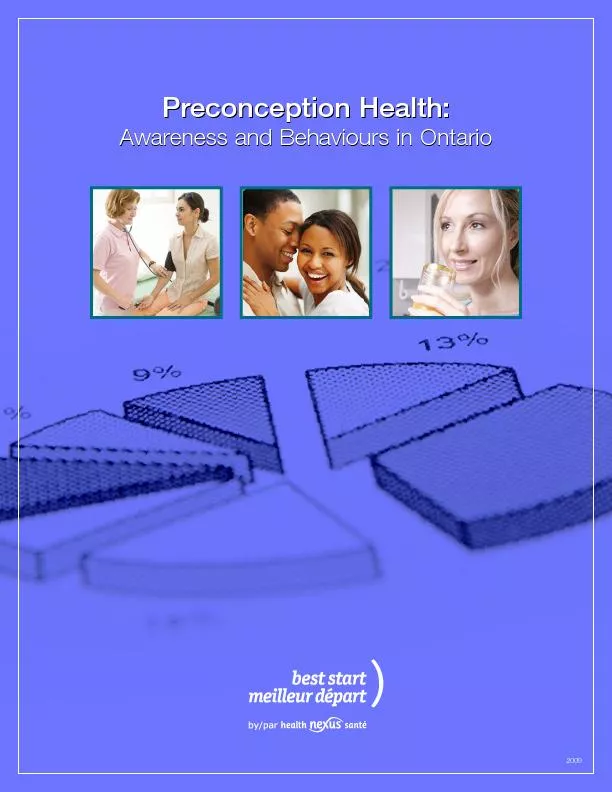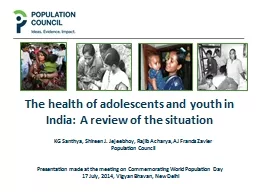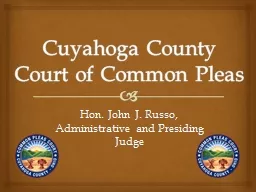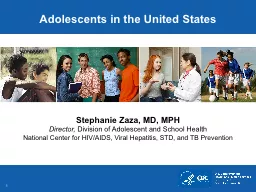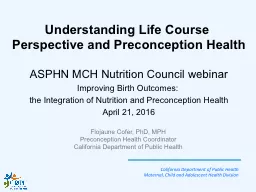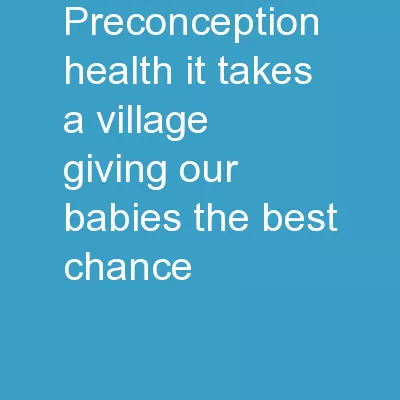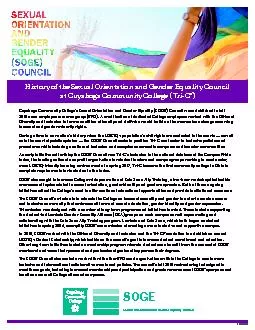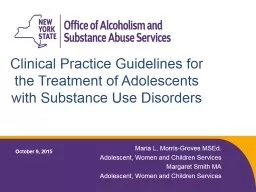PPT-Preconception Health of Adolescents in Cuyahoga County: Data from the Youth Risk Behavior
Author : quinn | Published Date : 2024-02-03
2014 CFHS Annual Meeting April 14 2014 ERIKA S TRAPL PhD CWRU Prevention Research Center for Healthy Neighborhoods Acknowledgements Funding provided by Ohio Department
Presentation Embed Code
Download Presentation
Download Presentation The PPT/PDF document "Preconception Health of Adolescents in C..." is the property of its rightful owner. Permission is granted to download and print the materials on this website for personal, non-commercial use only, and to display it on your personal computer provided you do not modify the materials and that you retain all copyright notices contained in the materials. By downloading content from our website, you accept the terms of this agreement.
Preconception Health of Adolescents in Cuyahoga County: Data from the Youth Risk Behavior: Transcript
Download Rules Of Document
"Preconception Health of Adolescents in Cuyahoga County: Data from the Youth Risk Behavior"The content belongs to its owner. You may download and print it for personal use, without modification, and keep all copyright notices. By downloading, you agree to these terms.
Related Documents

